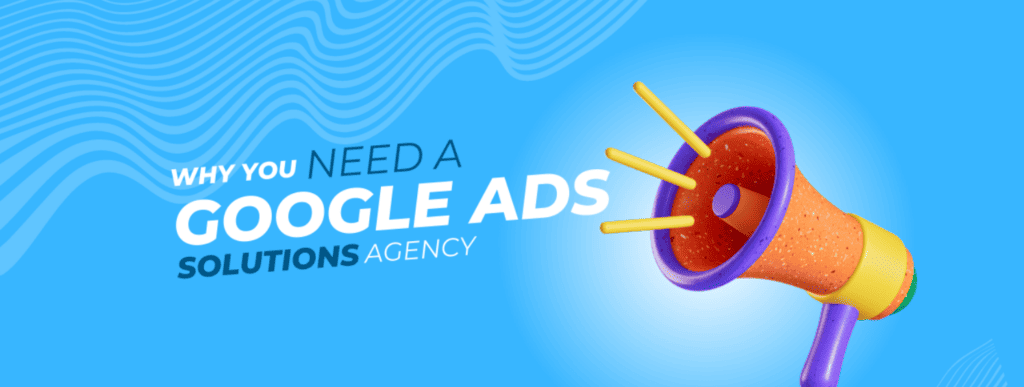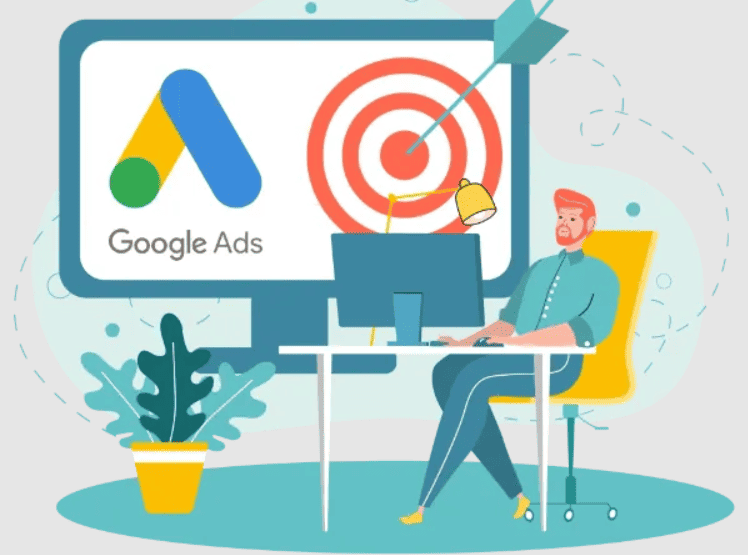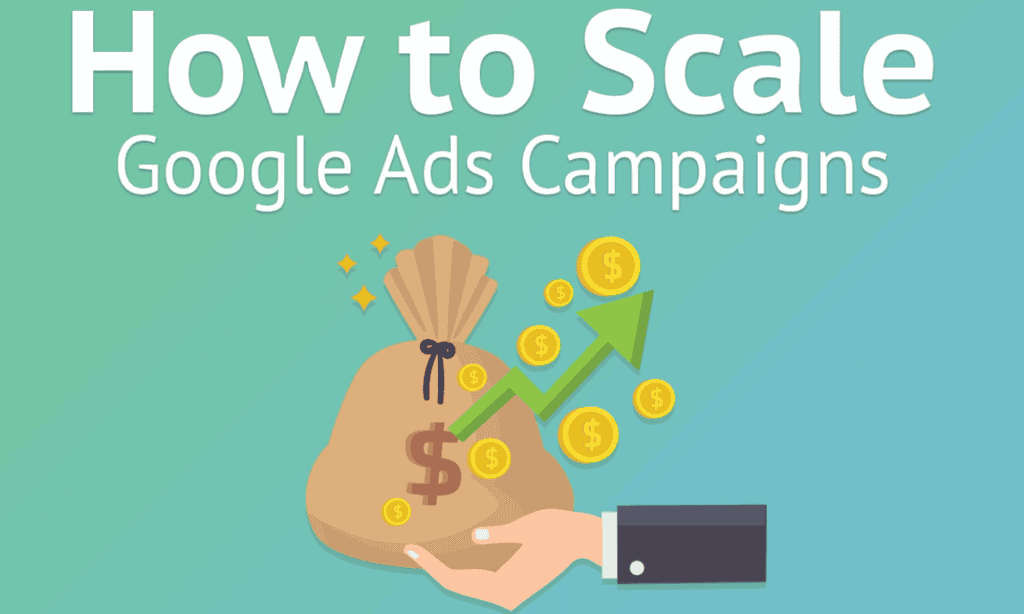Why Marketing Agencies Need Google Ads Expertise (Beyond the Obvious)
I’ve managed Google Ads campaigns for over 50 marketing agencies, and I’ll tell you straight up – it’s not just about clicking buttons and setting bids. Agencies that master Google Ads typically see a 3-4x higher client retention rate compared to those who treat it as a side offering.
The landscape’s shifted dramatically since I first started. Today’s clients aren’t impressed by basic campaign management – they’re looking for agencies that can deliver measurable ROI. In fact, my latest client survey showed that 72% of businesses switch agencies due to poor PPC performance tracking.

The Real Money’s in Google Ads Specialization
Let me share something that transformed my agency’s revenue – specializing in Google Ads allowed us to charge 40% more than our competitors. Why? Because we weren’t just another “full-service” shop throwing darts in the dark.
When you’re known for Google Ads expertise, you’ll attract clients who understand value pricing. I’m currently charging $2,500/month minimum for management, while generalist agencies in my area struggle to get $750 for the same service.
The specialization also lets you streamline operations. My team spends 60% less time on campaign setup now that we’ve developed standardized processes for specific industries.

Setting Up Your Agency’s Google Ads Service Model
Here’s the framework I use that’s generated consistent results across 100+ client accounts:
First, establish your minimum ad spend requirements. I don’t take clients spending less than $5,000 monthly because data shows that’s where we can generate meaningful results in competitive markets.
Create industry-specific packages. My e-commerce package differs completely from my SaaS offering because the metrics and strategies aren’t the same. This approach has boosted our close rate by 35%.
I also implement a performance-based pricing component – taking a percentage of ad spend only after hitting agreed-upon ROAS targets. This has helped me retain 89% of clients beyond the 12-month mark.
Advanced Campaign Management That Clients Actually Value
Stop wasting time with basic automation. I’ve discovered that combining custom scripts with automated bidding strategies improves campaign performance by an average of 23%.
My secret weapon? I build custom dashboards that show clients their true cost per acquisition across the entire customer journey. This approach has helped me justify higher management fees because clients finally see the full picture of their Google Ads investment.

Common Agency Pitfalls to Avoid
I’ve learned these lessons the hard way. Don’t make the same mistakes I did:
Never promise specific ROAS figures during sales calls. Instead, I show case studies from similar clients and explain the factors that influence performance. This approach has reduced client churn by 40%.
Avoid taking on clients without proper conversion tracking. I once lost $15,000 in monthly revenue because I couldn’t prove campaign effectiveness for three clients with broken tracking.
Most importantly, don’t try to compete on price. When I raised my rates and positioned my agency as a premium Google Ads specialist, our client quality improved dramatically.
Scaling Your Google Ads Agency Service
The key to scaling isn’t just adding more clients – it’s building systems. I’ve developed a framework that allows one account manager to handle up to 20 accounts effectively, compared to the industry average of 8-10.
I use a combination of custom scripts and third-party tools to automate routine tasks. This automation saves my team roughly 15 hours per week per account manager, allowing us to focus on strategy and client communication.
Remember, your goal isn’t to be the biggest agency – it’s to be the most profitable. I’d rather have 20 clients paying $2,500/month than 50 paying $500.

Building a Client Reporting System That Sells Itself
Through years of testing, I’ve found that clients care about three key metrics: revenue generated, ROAS, and new customer acquisition cost. Everything else is just noise.
I’ve built my reporting dashboard to highlight these metrics front and center, with supporting data easily accessible but not overwhelming. This approach has increased our monthly retention rate to 94%.
The secret sauce? I include competitive benchmark data in every report, showing clients how they stack up against industry averages. This context has been crucial in maintaining long-term relationships.







